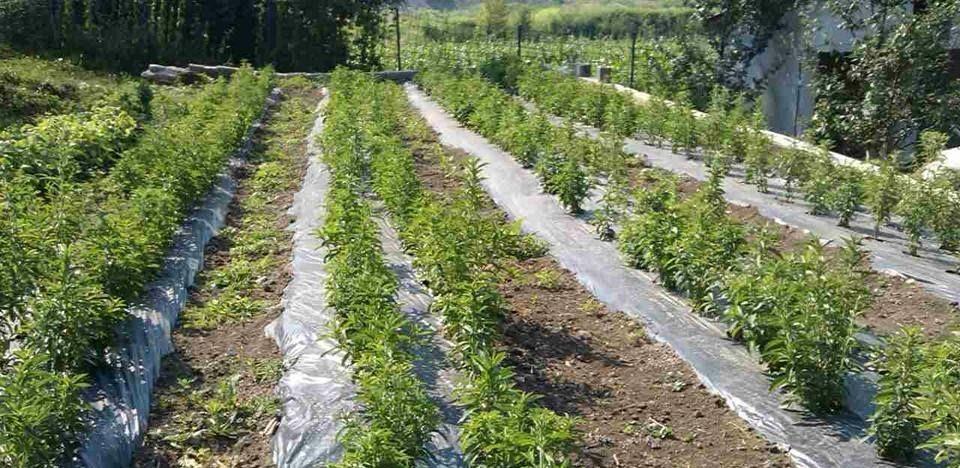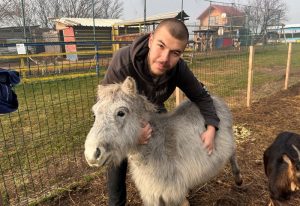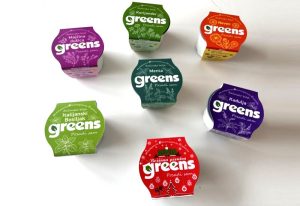Edina Konjić has been growing stevia for ten years, and her brand “Eko Etna” is based on this precious plant. She recently included liquid stevia extract, which is 40 times sweeter than sugar. All products are organic, and if you want to grow your own crop, you can also buy seedlings.
One of the plants that, until recently was unknown in this area, lately is increasingly winning our hearts because of its beneficial effects. The name of the plant is stevia.
It is a shrubby herbaceous crop native to South America, where it has been used as a natural sweetener for over 1,500 years. It has been available in our region since a couple of years ago, and it is not difficult to grow it at all (according to the Konjić family). It is available on the market as a tea and liquid concentrate, and thanks to Edina Konjić from Zenica, who also produces its seedlings, it is increasingly represented in homes and gardens throughout Bosnia and Herzegovina.
“We have been growing it for ten years, and we have been consuming it for 10 years. It has no side effects, so it can be used without fear. Babies, pregnant women, diabetics and all those who cannot and do not want to use sugar in their diet can use it“, says Edina for Agroklub, owner of the tea brand “Eko Etna” and winner of numerous product quality awards. She adds that stevia is completely safe and is an integral part of many diets.
A leaf of sweet honey
Stevia (lat. Stevia Rebaudiana) is a completely natural alternative to sugar and artificial sweeteners. Because of its sweet taste, the South American natives called it “sweet honey leaf”. It can be used to sweeten hot and cold drinks, as an addition to various types of food, in canning fruits and vegetables because it does not ferment.
Due to its stability at 200 °C, it is also used in the production of biscuits, cakes, ice cream and other confectionery products. The leaf extract of this plant is up to 300 times sweeter than sugar, and the leaf up to 40 times, but since its glycemic index is 0, it is completely safe for diabetics. In any case, it belongs to those species that you would like to eat every day.
How to transplant stevia?
This year, for the first time, Edina included stevia seedlings in the offer, while they donated certain quantities to associations of diabetics in our country. For our portal, she decided to share tips on growing this crop.
Its cultivation is not demanding
According to her, if you sow stevia seeds, it should be done in February in a protected area. The advice is to get a substrate or soil for the seedlings that holds moisture for a long time, arrange it in crates and sprinkle the seeds over, and then sift the soil, just to cover it. All this should be protected with nylon and leave the lamp or light on because it constantly needs lighting. When it sprouts, remove the nylon and place these crates next to the window, precisely because of the light. As soon as you see that three leaves have grown, it is time to transplant it.
“Transplanted seedlings should be taken outside during the day and brought in overnight. It can be planted outside or in a greenhouse at the beginning of May if there is no danger of frost because it is not resistant to it. It is planted at a distance of 60 cm and can go under the foil with an irrigation system. It is cut at 60 cm before flowering and twice during the summer“, our interviewee points out.
A crop of modest demands and great opportunities
It is best to pick it around 11 am because it is the sweetest, and like any medicinal plant, it is harvested in sunny weather. It is also dried in the sun, and after drying, the leaf is slowly removed from the stem because we only use the leaf. If you want to produce your own seeds, you can leave a few plants to bloom and mature.
If the winters are not cold, it can grow outside. You only need to cover it with straw to keep it warmer. When winters are cold, a safer option is to transfer the seedlings to buckets and leave them indoors. During the colder period, there is no vegetation, but you can water it occasionally, and transplant it back to the garden in the spring.
“Stevia is an extremely resistant plant. Due to its sweetness, it does not attract insects or animals, so it does not require treatment with protective agents. It only needs a little manure and regular watering“, says this hard-working woman, who grows stevia on an area of one dunum and places it on the market in several variants. Some of them are in the form of dried leaves, ground, as a liquid extract and as ten types of tea blends.





